Explorer and South Australian of the Year Tim Jarvis’ new Forktree Project on Fleurieu Peninsula
Tim Jarvis is best known for his extraordinary expeditions across the Southern Ocean, Antarctica and up the world’s highest peaks. But his latest challenge, right here in SA, is his wildest one yet.
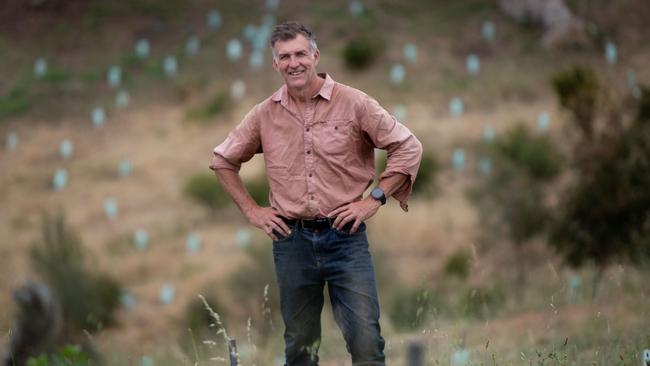
SA Weekend
Don't miss out on the headlines from SA Weekend. Followed categories will be added to My News.
There is no doubt there is the element of the idealist in Tim Jarvis.
Jarvis, the polar explorer and climate change activist wants to save the world from itself.
He is adamant in his message that we all have a part to play in reducing carbon emissions. He sees it as a moral challenge the world has to embrace.
But Jarvis is also a practical man. You don’t recreate the epic journey of Ernest Shackleton, crossing 1300km of wild Southern Ocean in a boat not much bigger than a bath tub, on a wing and a prayer.
Jarvis is the South Australian contender in next week’s 2024 Australian of the Year awards and says his goal this year is to convince even the climate change-sceptics that we all benefit from looking after nature and the environment.
“I think my role is to really show the co-benefits of a healthy planet,’’ he says.
“So it’s not just a trade-off between saving the world for moral reasons. It’s about doing it for multiple reasons, and to actually improve all of our lives across so many different aspects.’’
Just outside of Carrickalinga on the Fleurieu Peninsula, Jarvis is marrying the idealistic and the realistic.
This is the Forktree Project, a 54ha slice of land that has sweeping views over St Vincent Gulf all the way to the Yorke Peninsula.
This is where 57-year-old Jarvis wants to show that even if you don’t really care about climate change, all those “co-benefits” are worth considering.
This is what is known as a “rewilding project”. The goal is to return this little piece of the Fleurieu to how it would have looked before the colonisation of South Australia in 1836.
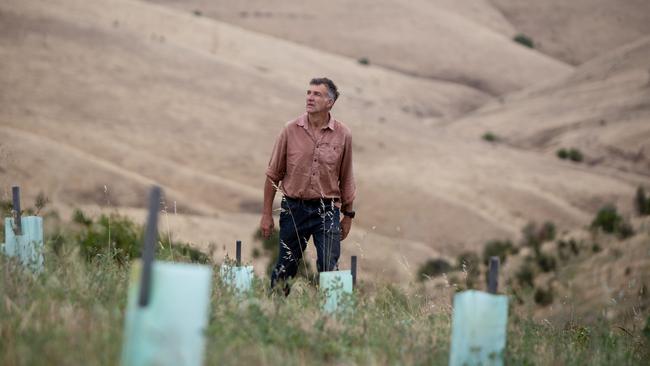
FORKTREE IN THE ROAD
Jarvis moved to SA in the late 1990s. He worked for the Murray Darling Basin Commission trying to persuade farmers to embrace a more environmentally friendly approach, to use less herbicides and pesticides, perhaps to use less water.
He admits he wasn’t overly successful in this quest.
“It was a bit premature for those industries to take environmentalism too seriously,’’ he says.
Still, Jarvis says he would drive past these hills all the time and think to himself that it was “so denuded you’ve got to do something about that at some point’’.
Jarvis says before 1836 this area was “densely vegetative”.
There were all sorts of wetland species, yakkas, native grasses, a variety of gums and plenty of wildlife.
Those first settlers tried to grow wheat here, then, when that didn’t work, turned it into grazing country.
The land now is populated by little blue tubes. In each is a new tree or plant.
So far, Jarvis and his team have planted more than 20,000 seedlings as they try to clothe these nude hills in old clothes.
Jarvis was visiting his brother-in-law in Chile and doing a little mountain climbing and “feeling very philosophical, but frustrated about the state of the planet’’ when he saw the Fleurieu Peninsula land was for sale.
He and his wife Liz bought it for $640,000 and leased it back to the charity.
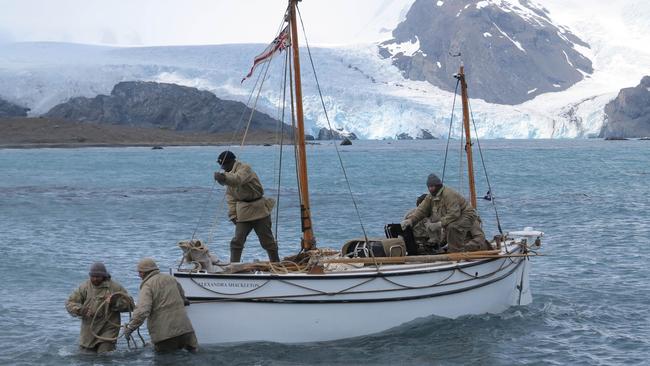
This was more than four years ago now. At that stage, Jarvis was best known for his mad adventures.
There was that Shackleton expedition in which he relied on century-old equipment to navigate the Southern Ocean before climbing over the mountains of sub-Antarctic South Georgia.
He also recreated Douglas Mawson’s Antarctic survival journey, pulling a sled hundreds of kilometres over the ice and tundra.
Then, to raise awareness of climate change he climbed 29 mountains around the world that still had glaciers.
The Forktree Project may not carry the inherent dangers of navigating the Southern Ocean or trudging to the South Pole with limited supplies, but Jarvis’s commitment appears no less intense.
The point of Forktree, which is a registered charity, is that he wants it to be a showcase for what is possible.
“A farmer could come and, because people on the land are very practical, they don’t have to drink all the Kool Aid,’’ he says.
“So they cherry pick the bits they like.’’

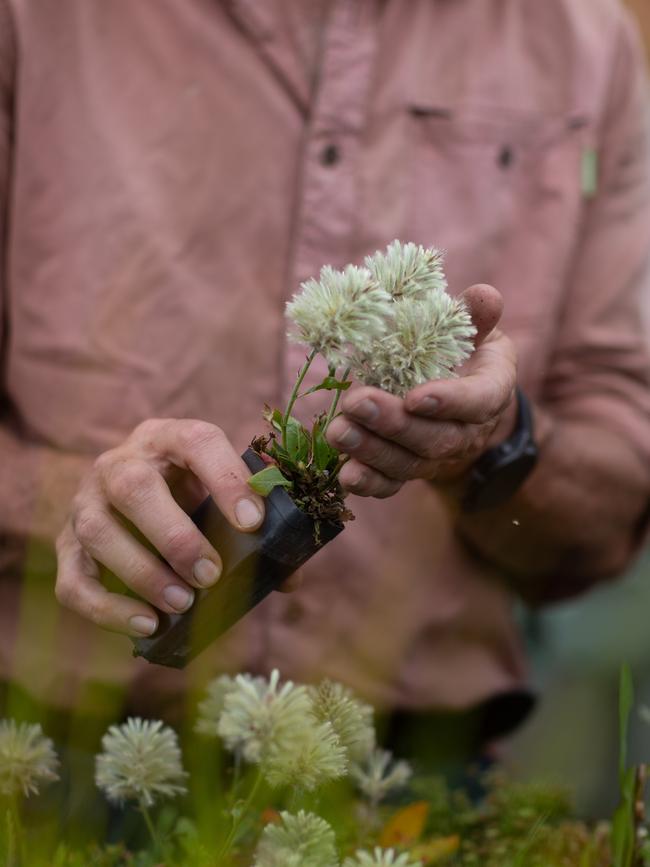
That could be related to irrigation, or tillage techniques or reducing fire risk.
Jarvis says what he may call a “vegetation corridor”, a farmer may call a “windbreak”.
But that at the end of the day the label doesn’t matter if it achieves the same goal.
“If it slows wind speed, it retains moisture in the system, it reduces fire risk, it allows his cows to fatten up by producing meat not heat during the winter when the wind barrels across here, it gives a better quality of fodder for his animals,’’ he says.
From Jarvis’s point of view, slowing the wind speed here means moisture is retained for longer in the soil and that leads to more organic content.
And another one per cent of organic matter in the soil works to reduce carbon dioxide in the atmosphere.
He estimates by rewilding this one small patch of South Australia, he could suck up to 50,000 tonnes of carbon dioxide out of the atmosphere.
Carbon dioxide that would otherwise stay up there for 200 years and contribute to the increasing volatility seen in global weather patterns.
But Jarvis’s ambitions for Forktree go beyond improving the climate.
He believes being out in nature has all sorts of educational benefits for children, including building resilience and becoming better problem solvers, and mental health advantages for adults.
Then there are the economic benefits for South Australia.
“$9.9bn comes from tourism, much of that nature-related, so apart from the fantastic red wine, where are people going to go if we start tearing it all up?’’ he says.
Jarvis wants to bring as many people as possible to Forktree. Partly to help fund the project, but mostly to spread the message.
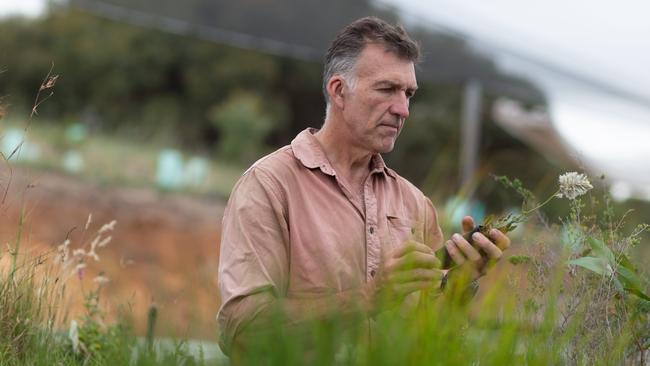
BIG PLANS, BIG CAUSE
It wasn’t just the land that was left a bit of a mess. Jarvis is in the process of turning a rundown shed on the property into a visitor and education centre.
He will open it to school groups and corporates. He wants to make sure as many schools as possible will visit, so he plans a sliding scale of fees.
The wealthier the school, the more they will have to pay. Jarvis also has plans to hire it out to family groups.
Much of the last four years has been spent chasing up all the development applications, building approvals and planning permissions, but Jarvis is confident that by mid next year all will be ready to go.
Walking around the property, Jarvis points out all the work that has already been done.
The previous owner was in the demolition business and used the land to deposit plenty of offcuts.
Thankfully, no asbestos has been found, but there are bricks, concrete and timber scattered around. Not that any of it is going to waste.
Jarvis points to a new deck that has been built out the front of the old shed. It’s made from left behind jarrah planks that needed “thousands and thousands’’ of nails removed.
There is a base for a pizza oven made from discarded bricks. The concrete will be ground up to use as road base. Gypsum as a clay breaker.
“Nothing is going to landfill, all this will be used,’’ he says.
As you would expect, the entire operation is off-grid as well.
There are solar arrays, batteries, rainwater tanks, dams, pumps to move water around the property.
But the only plants that will be watered will be the seedlings in the nursery. The plantings in the wild are left to their own devices.
Part of the role of the nursery is to provide a “security population’’ for threatened species, including native grasses, of which 99 per cent have been lost since colonisation, and wetland daisies.
Forktree has a memorandum of understanding with the Botanic Gardens.
“We’ve got some of the rarest plants in the state that they give us and we grow them,’’ he says.
But seedlings are also sold to the Fleurieu Landscape Board, Green Adelaide and the Encounter Lutheran School, which has its own rewilding project.
All the money generated from the seedling sales goes back into the project.
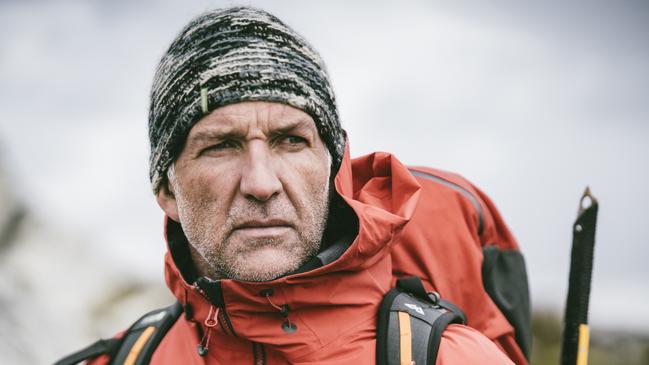
Jarvis also helps fund the project with government grants and corporate sponsorship.
He currently has a grant to connect one stand of pink gum trees with another. A distance of 800m.
“On a map that looks really easy, just put some trees in between, excuse the French, it’s a f--k of a long way, that’s a lot of habitat you’ve got to re-establish,’’ he says.
“It’s not just putting pink gums in and linking them, it’s about all the vegetation associations, building habitats, keeping weeds down by mowing.’’
And by building habitats, the theory is the wildlife will also come back.
Jarvis says there have been a couple of echidnas spotted, three rare butterflies plus a wedge-tailed eagle, among 40 birds that have been observed.
“You tend to dream of bringing back the iconic animals,’’ he says.
“But you really know in your mind that the only way you do that is to bring about habitat to enable them to survive. They’ve got to have shelter, they’ve got to have food.’’
The rewilding movement is taking off around the world, but Jarvis says Australian conditions make it harder to be successful here than in most other places.
He has also tapped into the knowledge of local First Nations people to ask for advice.
Jarvis says in Europe to some extent you can just let the landscape recover, introduce a few animals and nature will take its course.
“In Australia if I just let it go, I would end up with a sea of European weeds,’’ he says.
The weeds are the bane of Jarvis’s life. As we walk around Forktree he points out all the different varieties, mustard seed, ox tongue, salvation jane, wild oats. When he started, the land was full of thistles and olives.
He takes great delight grinding the weeds under his boots or pulling them out by the roots. After the interview he says he is going to jump on the mower and slice a few more down.
“There’s nothing quite like mowing weeds to see instant gratification,’’ he says.
The weeds are also dangerous.
“It’s really the fire risk,’’ he says.
“Imagine if I just let this go? My neighbours would be all over me asking what are you doing?’’
Jarvis also believes the rewilding at Forktree is an example of how landscapes can be made more resistant to climate change.
“The more resilient we can make landscapes to the changeable weather we’re going to get, the better off we’ll be,’’ he says.
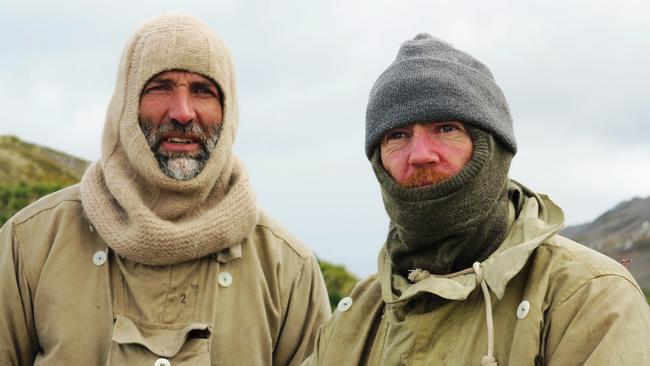
THE GREAT CHALLENGE
Jarvis says people should not look at climate change as just a straight-line graph where the world becomes hotter and hotter.
What is happening now is an increasing volatility in weather patterns.
Just a few days before we meet, South Australia after a long dry spell has been pounded by rain and thunderstorms.
The day we meet, the temperature is heading towards a humid 40C. A few days later much of the state will again be drenched by pouring rain and storms.
“This is the practical aspect of volatility, where if you looked at the annual rainfall over the year, it may not look that different, but it’s everything all at once, and then nothing for an extended period and everything all at once, then nothing.’’
Forktree is Jarvis’s attempt to help fight climate change.
He knows in real terms Forktree is only a small patch of land. But in some ways that is the point.
He is showing what can be done and if enough people follow that lead serious inroads can be made.
In the same way, he wants Australia to punch above its weight on the global stage. To show the rest of the world what can be done in a field such as renewable energy.
South Australia is now sourcing most of its power on a daily basis from renewable energy, and even if Jarvis is frustrated by policy slothfulness that lasted more than a decade and bureaucratic delays that slow down renewable projects, he believes it is the future. That renewable energy will be as cheap as it is abundant.
“I think the idea of it (renewable) being more expensive is a fallacy, it is just remarkably cheap,’’ he says.
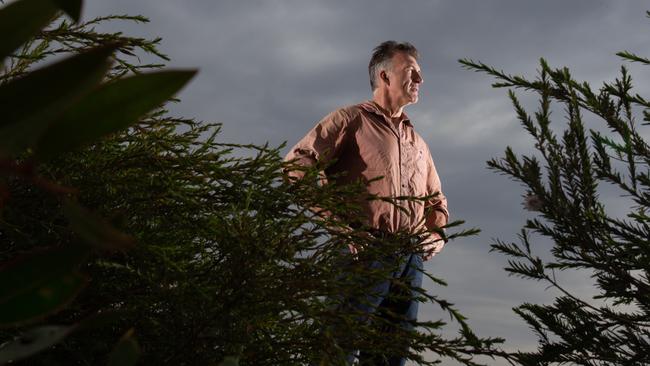
The key will be how to store it to ensure there is continual supply even when the sun isn’t shining or the wind not blowing. Jarvis the optimist reels off a list of possible solutions. Chemical storage through hydrogen, lithium battery arrays, pumped hydro.
He says if Australia gets this right, we will do more than eliminate the one per cent of the world’s global carbon footprint attributed to this country.
“We could generate products and services for all these hard to abate sectors everywhere and solve maybe seven per cent of the global carbon footprint,’’ he says.
In the meantime, Jarvis is thrilled by progress at Forktree but knows there is a lot more work to be done. Work that may not be completed in his lifetime.
“The more you do, the better it gets and you just keep on doing it,’’ he says.
“People say ‘When will you finish?’. Well. Never. It’s generational.’’




